If you're like most people, you probably don't give your GFCI breaker much thought until something goes wrong. Even then, you might not know how to use a multimeter to test a GFCI breaker. However, knowing how to perform this simple test can help you quickly and easily diagnose and repair problems with your GFCI breaker. So, in this post, we'll show you how to test a GFCI breaker with a multimeter. Keep safe and connected!
What is a GFCI Breaker?
A GFCI (Ground Fault Circuit Interrupter) Breaker is a safety device that is designed to detect and interrupt ground faults in electrical wiring by sensing current leakage from an energized circuit. They are typically used for outlets, switches, or receptacles located near water sources such as sinks, tubs, showers, or pools. When the GFCI breaker detects a ground fault of 5mA or greater, it will trip the circuit off thereby preventing potential electric shock. For these breakers to be effective they must be tested regularly to ensure proper operation and compliance with safety standards. Additionally, since they are sensitive to fluctuations in voltage they should be replaced at least every 10 years to ensure optimal performance.
GFCI Breakers are beneficial in providing peace of mind and safety by reducing the risk of electrocution. They can also save energy by preventing current leakage and ensuring that all appliances are operating with optimal efficiency.
Overall, GFCI Breakers are a critical element for any home to ensure the safety and efficiency of electrical wiring installations. Regular testing and replacing are needed to maintain these breakers at peak performance and keep your home secure from potential electrical shock hazards.
Common Problems with GFCI Breakers:
· Tripped Circuit Breaker:
A tripped circuit breaker is a common issue with GFCI breakers as they are sensitive to any changes in the electrical current. This can happen if you overload a circuit or have too much electricity running at once, causing the breaker to trip and shut off power to prevent an overload or fire.
· Failing Components:
The components of a GFCI breaker may start to fail over time due to wear and tear from general use. If this happens, your circuit could be left unprotected from sudden spikes in electricity that can cause damage or injury. Regular inspections of your breaker will help identify any problems before they become dangerous.
· Poor Grounding:
An improper ground connection can cause your GFCI breaker to trip and shut off the power. This is because the breaker needs a good electrical bond between the ground wire and the neutral conductor of your home's wiring system to work properly and safely.
· Poor Wiring:
If your wiring was not done correctly or with up-to-date safety standards, then this could cause problems with your GFCI breaker. A qualified electrician should inspect all of your electrical wirings before activating a GFCI circuit so that any potential issues can be identified and corrected.
· Worn Out Internal Parts:
Over time, the internal workings of a GFCI breaker may wear out due to regular use or age. To prevent dangerous situations from occurring, it's important to have your GFCI breaker inspected and tested annually by a qualified electrician. This will help ensure that all components are working properly and safely.
In general, it is important to make sure that you take proper care of your GFCI breakers to prevent any potential issues from occurring. Regular inspections by a professional electrician can help identify any problems before they become serious and dangerous. If you find yourself having trouble with a GFCI breaker, contact an experienced electrician right away so that they can inspect the breaker and make any necessary repairs or replacements. By doing this, you can ensure that your home is safe and protected from potential electrical hazards.
How to test a GFCI breaker with a multimeter?
Testing a Ground Fault Circuit Interrupter (GFCI) Breaker can be an important safety procedure for your home. It ensures that the breaker is functioning properly and protecting you from potential electrical shocks. To test whether a GFCI breaker is working correctly, you will need to use a multimeter. Here’s how to do it:

What You Will Need:
- Multimeter
- Personal Protective Equipment (PPE), such as rubber gloves and safety glasses
Steps on how to Test a GFCI Breaker with a Multimeter
Step 1: Locate the Test and Reset Buttons on the GFCI Breaker. Usually located on the outlet cover, these buttons should be visible and clearly labeled.
Step 2: Once the Test and Reset Buttons have been located, insert one of the multimeter probes in each of the slots for testing.
Step 3: Use your multimeter to measure the outlet’s voltage. It should not exceed 30 volts or it will be considered unsafe and require repair or replacement.
Step 4: Next, you need to check that all of the wires are properly connected inside the outlet box. All connections should be secure with no loose wires.
Step 5: Finally, make sure that the outlet is properly grounded by using a grounding tester tool on it. If it isn’t properly grounded, you may need to hire an electrician to help with repairs or replacements.
Once you have completed these steps, your GFCI breaker should be working properly and providing you with the protection you need from electrical shocks. If there are any issues, contact a professional immediately for assistance. It is important to ensure that all of your home’s wiring is up to code and functioning correctly for everyone’s safety.
To learn more about electrical safety and testing GFCI breakers, consult with a licensed electrician. Knowing how to safely handle electricity is essential for the health and safety of everyone in your household.
Thank you for taking the time to learn about GFCI breaker testing! Now you can feel more confident knowing that your home’s wiring is up to code and safe for use. Be sure to always practice caution when dealing with electricity as it can be very dangerous if not handled properly. Stay safe!
Frequently Asked Questions:
How do I know if my GFCI breaker is working?
The most reliable way to determine if a GFCI breaker is working correctly is to use a multimeter. Using the multimeter, you can test for proper operation of both the line and load sides of the GFCI breaker. To do this, start by turning off all power to the circuit being tested before connecting your multimeter leads. On the line side of the GFCI breaker, use one lead to measure ground wire voltage while holding another lead against one of the hot wires. The reading should indicate zero or very close to zero volts. If it reads more than a few volts, then there may be an issue with your breaker and you should contact a qualified electrician for further assistance.
What causes GFCI failure?
Common causes of GFCI failure include corrosion on the breaker’s contacts, improper installation, or a faulty circuit breaker. Corrosion can cause resistance in the connection between the line and load sides of the GFCI breaker which can prevent it from working correctly. Improper installation includes incorrect wiring or incorrectly connecting wires to terminals. A faulty circuit breaker will not trip even when current leakage is detected and should be replaced as soon as possible before any electrical hazards occur.
How do you tell if a breaker is shorted?
A short breaker can be identified by taking a reading with your multimeter. To do this, set the multimeter to measure resistance (or ohms). Next, touching one of the probes leads to one of the hot terminals on the GFCI breaker and the other to the neutral terminal. If you get a reading that is lower than 10 ohms or higher than 1000 ohms, then there is a good chance that your breaker is shorted and needs to be replaced.
Final Note:
A multimeter test on a GFCI breaker ensures that the breaker is working properly and that the wiring is safe. When performing this test, it is critical to follow all safety protocols, including wearing protective goggles and gloves. The procedures outlined above should assist you in completing this task safely and confidently. Knowing how to use your multimeter will also help you get accurate test results. If you are unsure at any point during the testing process, contact an electrician for assistance. With these tips in mind, you can be confident that your GFCI breaker is working properly and that your electrical system is safe.

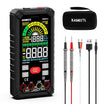

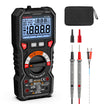
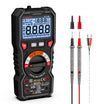

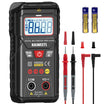
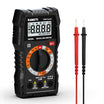
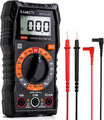
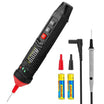
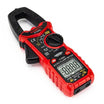

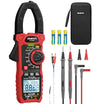
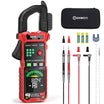

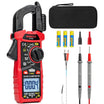











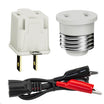
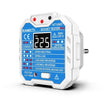
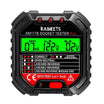
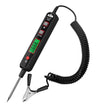


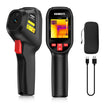


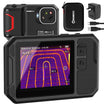















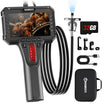









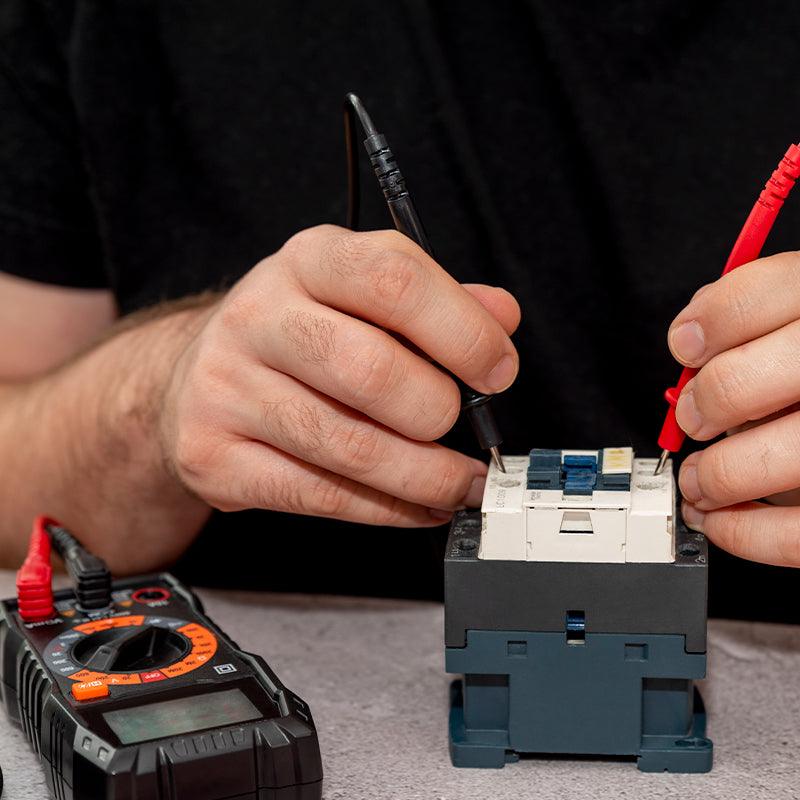

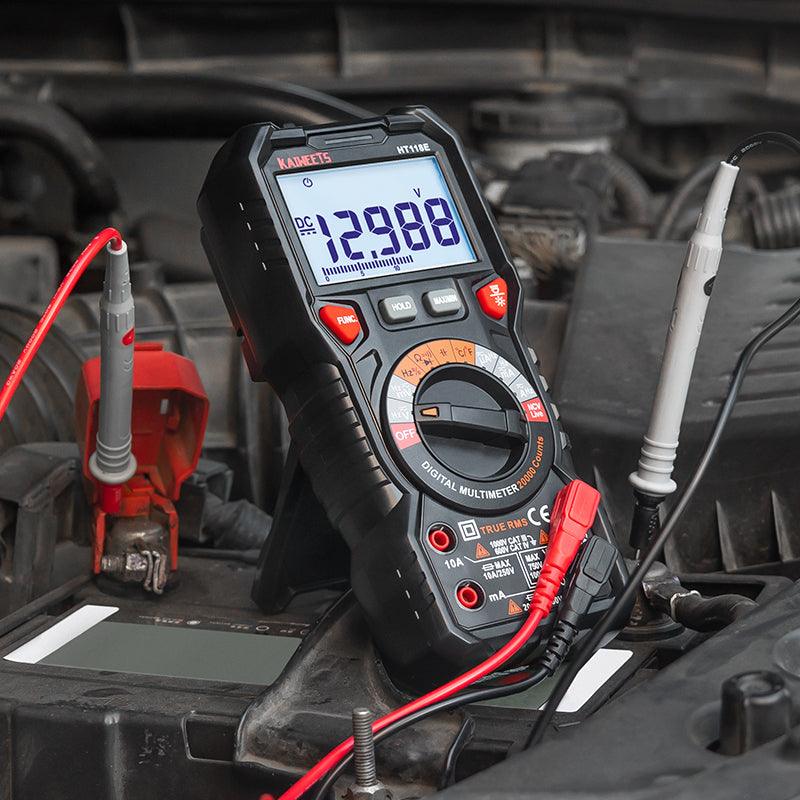
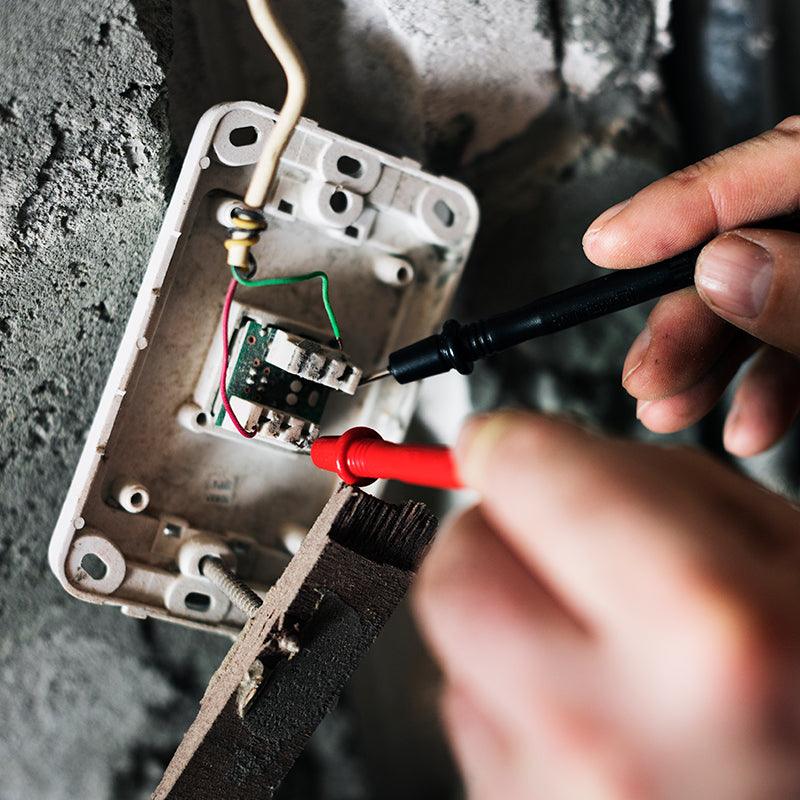
Leave a comment
All comments are moderated before being published.
This site is protected by hCaptcha and the hCaptcha Privacy Policy and Terms of Service apply.